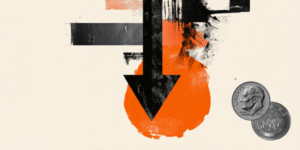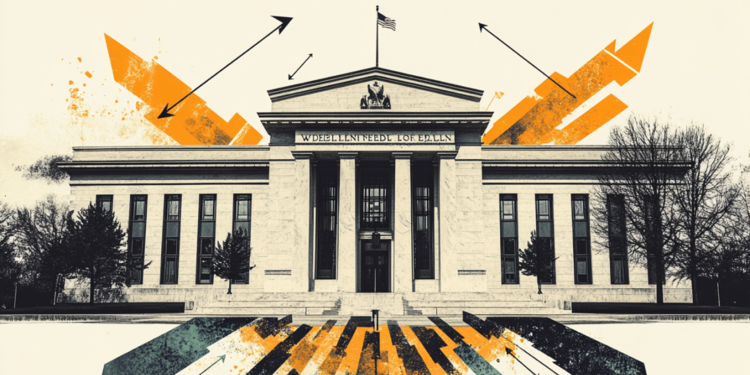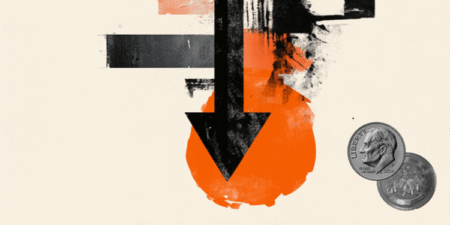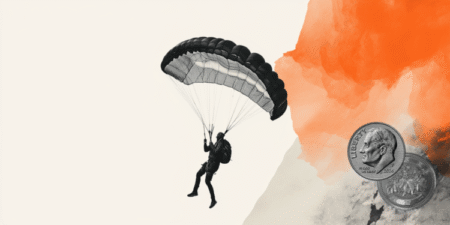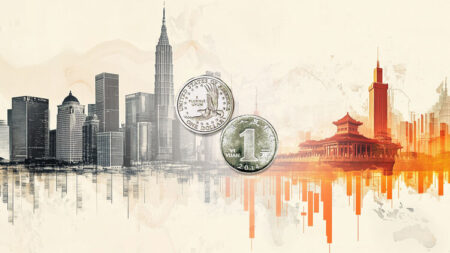St. Louis Federal Reserve (Fed) President Alberto Musalem said on Wednesday that he sees a risk that tariffs could cause a persistent increase in inflation, per Reuters.
Key takeaways
“Fed needs to balance inflation, job goals going forward.”
“Below-trend growth, stable expectations should temper inflation.”
“Expecting inflation to ebb back to 2% by second half of 2026.”
“Tariffs will work through economy over two to three quarters.”
“Expecting tariff inflation impact to fade eventually.”
“Expecting job market cooling with downside risks to labor sector.”
“Seeing job market holding near full employment.”
“Seeing modest GDP growth this year before returning to trend in 2026.”
“Uncertainty lifting for economy, fiscal policy may add stimulus.”
“Job market break-even level between 30,000 and 80,000 jobs per month.”
Market reaction
These comments received a neutral/hawkish score of 6.0 from FXStreet Fed Speech Tracker. In turn, the FXStreet Fed Sentiment Index stays near 100, pointing to a neutral stance.
In the meantime, the US Dollar Index remains stuck in a tight daily range and was last seen trading flat at 98.32.
Fed FAQs
Monetary policy in the US is shaped by the Federal Reserve (Fed). The Fed has two mandates: to achieve price stability and foster full employment. Its primary tool to achieve these goals is by adjusting interest rates.
When prices are rising too quickly and inflation is above the Fed’s 2% target, it raises interest rates, increasing borrowing costs throughout the economy. This results in a stronger US Dollar (USD) as it makes the US a more attractive place for international investors to park their money.
When inflation falls below 2% or the Unemployment Rate is too high, the Fed may lower interest rates to encourage borrowing, which weighs on the Greenback.
The Federal Reserve (Fed) holds eight policy meetings a year, where the Federal Open Market Committee (FOMC) assesses economic conditions and makes monetary policy decisions.
The FOMC is attended by twelve Fed officials – the seven members of the Board of Governors, the president of the Federal Reserve Bank of New York, and four of the remaining eleven regional Reserve Bank presidents, who serve one-year terms on a rotating basis.
In extreme situations, the Federal Reserve may resort to a policy named Quantitative Easing (QE). QE is the process by which the Fed substantially increases the flow of credit in a stuck financial system.
It is a non-standard policy measure used during crises or when inflation is extremely low. It was the Fed’s weapon of choice during the Great Financial Crisis in 2008. It involves the Fed printing more Dollars and using them to buy high grade bonds from financial institutions. QE usually weakens the US Dollar.
Quantitative tightening (QT) is the reverse process of QE, whereby the Federal Reserve stops buying bonds from financial institutions and does not reinvest the principal from the bonds it holds maturing, to purchase new bonds. It is usually positive for the value of the US Dollar.
Read the full article here


